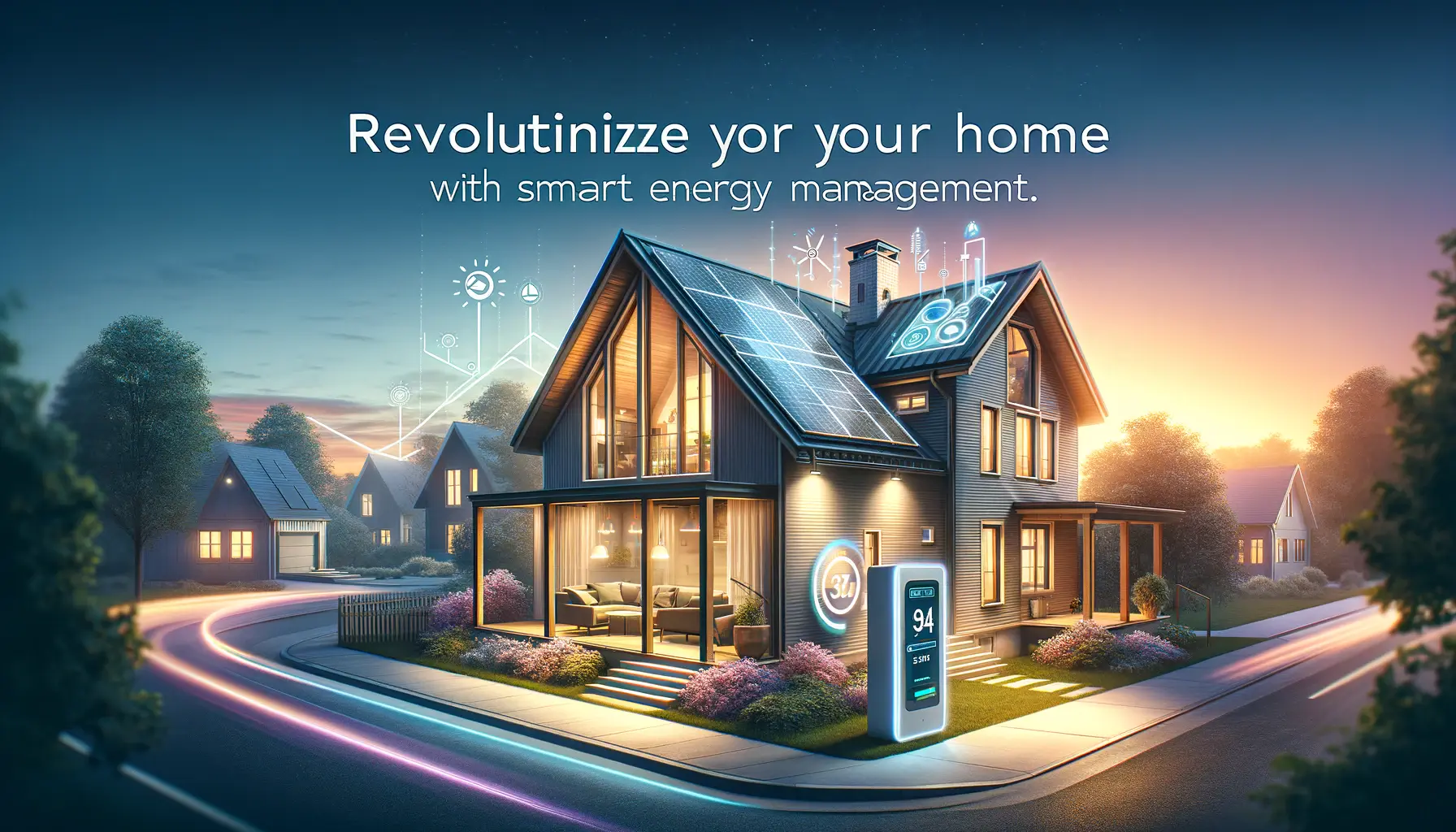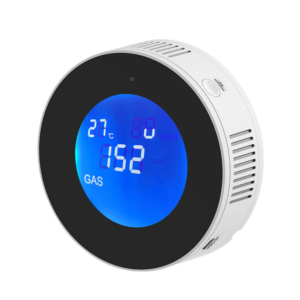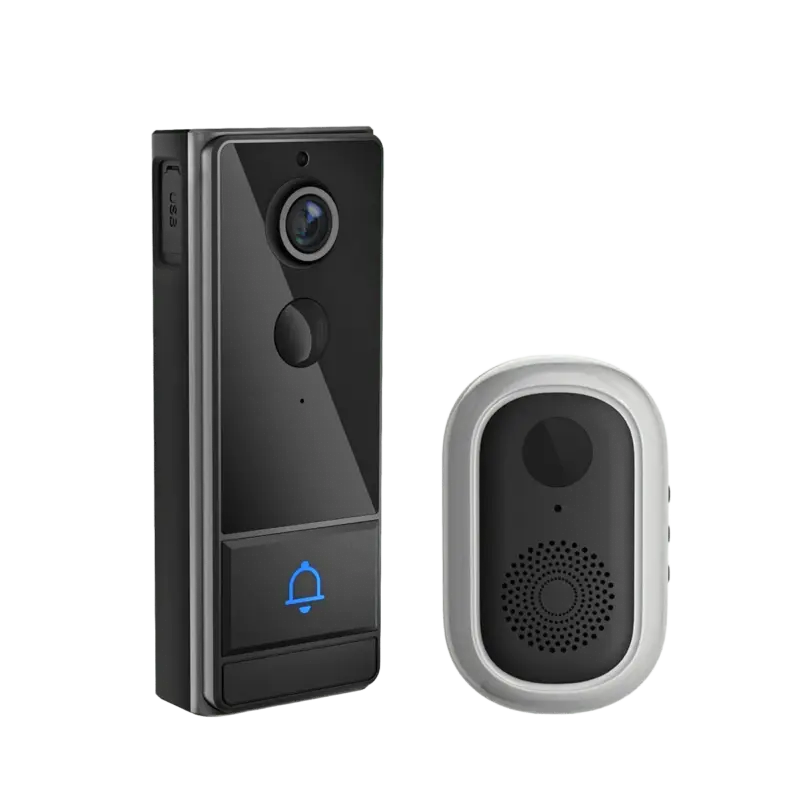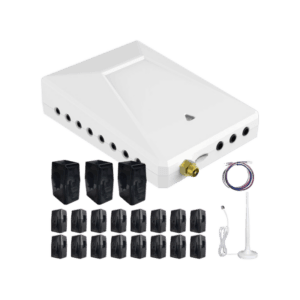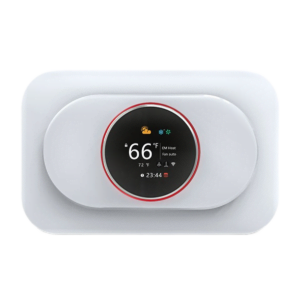Introduction to Home Energy Management Systems (HEMS)
In the modern era, where energy conservation and efficient home management are more critical than ever, Home Energy Management Systems (HEMS) stand out as pivotal tools in the quest for sustainability and convenience. These systems, powered by the latest in smart technology, offer not just a means to monitor and control home energy usage but also a comprehensive solution to a range of challenges homeowners face today.
The Core Problems at Home
Escalating Energy Costs: In an age where energy prices are on the rise, the financial burden on households has become a prominent concern. The statistics are telling, with electricity bills increasing by an average of X% over the last decade. HEMS offer a beacon of hope by providing strategies to not only cut down on unnecessary energy consumption but also by optimizing the use of energy throughout the home.
Environmental Impact: The environmental ramifications of unchecked energy consumption are becoming impossible to ignore. The residential sector alone contributes to a significant portion of the global carbon emissions, making it imperative for homeowners to consider their environmental impact. HEMS address this by facilitating more responsible energy use and promoting the integration of renewable energy sources into the home ecosystem.
Complexity of Managing Home Energy: Modern homes, with their array of connected devices and appliances, present a complex challenge in energy management. The manual oversight required to optimize this ecosystem is both time-consuming and inefficient. HEMS simplify this complexity by offering a unified platform for energy monitoring and control, making it easier for homeowners to manage their energy consumption effectively.
Security Concerns: The reliability of home energy systems is directly linked to the safety and security of the household. From the risks posed by electrical malfunctions to the vulnerabilities during power outages, energy management encompasses various security considerations. HEMS provide a crucial layer of security by ensuring that energy systems are functioning optimally and by alerting homeowners to potential issues before they escalate into hazards.
Solutions Through Innovation
The innovation at the heart of HEMS brings forth solutions tailored to these challenges. Real-time energy monitoring, for example, empowers homeowners with immediate insights into their energy consumption patterns, enabling proactive adjustments. Similarly, the automated energy-saving features of HEMS can significantly reduce unnecessary energy usage, adapting the home's energy consumption to the actual needs and preferences of its occupants.
Integration with renewable energy sources is perhaps one of the most forward-thinking features of HEMS. By making it easier for homes to harness and efficiently use energy from sources like solar panels, HEMS not only reduce reliance on traditional energy grids but also pave the way for a more sustainable and eco-friendly approach to home energy management.
Predictive maintenance and alerts further exemplify the preventative potential of HEMS. By leveraging data analytics and IoT connectivity, these systems can forecast potential issues within the home's energy infrastructure, offering homeowners the opportunity to address problems before they result in costly repairs or safety risks.
The Technological Backbone

The effectiveness of HEMS is underpinned by a suite of advanced technologies. IoT devices play a crucial role in the seamless integration and communication between various energy-consuming elements within the home. At the same time, Artificial Intelligence (AI) and Machine Learning (ML) technologies enable HEMS to learn from user behaviors and adapt energy consumption accordingly, optimizing efficiency and cost-effectiveness. Cloud computing further enhances the capabilities of HEMS by providing the computational power needed to process and analyze vast amounts of energy usage data, delivering actionable insights to homeowners.
As we delve deeper into the capabilities and benefits of HEMS, it becomes clear that these systems represent a significant step forward in the journey toward more sustainable, efficient, and secure home energy management. The next section will continue to explore the solutions offered by HEMS and the technological innovations that make these advancements possible, moving us closer to a future where energy management is not just smarter but also more aligned with the needs of our planet and its inhabitants.
In-Depth Solutions Through Innovation and Future Directions
Innovative Solutions for Home Energy Management
The transformative potential of Home Energy Management Systems (HEMS) lies in their innovative approach to solving traditional energy challenges. By harnessing the power of technology, HEMS introduce several key solutions that redefine the way we interact with our home environments.
Real-Time Energy Monitoring: One of the cornerstone features of HEMS is the ability to monitor energy usage in real-time. This instant access to data allows homeowners to identify exactly where and how energy is being used at any given moment, making it possible to pinpoint inefficiencies and adjust habits or settings accordingly. The impact of this feature extends beyond mere convenience, offering a direct path to significant energy and cost savings while contributing to environmental conservation efforts.
Automated Energy Saving: Automation stands at the forefront of HEMS capabilities, transforming passive homes into active participants in energy management. Through intelligent algorithms, HEMS can control lighting, heating, cooling, and other energy-intensive systems based on real-time data, such as occupancy and weather conditions. This dynamic adjustment ensures that energy is not wasted on unoccupied spaces or unnecessary heating or cooling, optimizing the home's energy use without sacrificing comfort.
Integration with Renewable Energy: The synergy between HEMS and renewable energy sources marks a pivotal shift toward greener living. By managing and optimizing the use of solar panels or wind energy, HEMS make it feasible for homes to rely less on traditional power grids, reducing carbon footprints and embracing sustainability. Moreover, these systems can manage the storage and distribution of renewable energy, ensuring that green power is utilized efficiently and effectively.
Predictive Maintenance and Alerts: The predictive capabilities of HEMS represent a leap forward in home maintenance and safety. By analyzing trends and performance data, these systems can forecast potential failures or inefficiencies before they occur. Homeowners receive alerts about necessary maintenance or adjustments, preventing minor issues from escalating into expensive repairs or safety hazards. This proactive approach not only extends the lifespan of home appliances and systems but also ensures that energy management is as seamless and uninterrupted as possible.
The Technological Backbone of HEMS
The sophistication of HEMS is made possible by a robust technological infrastructure that combines IoT, AI/ML, and cloud computing.
IoT Devices: The Internet of Things is the thread that weaves together the various components of HEMS, enabling seamless communication between devices. From smart thermostats to energy-efficient lighting systems, IoT devices are the building blocks of a connected and responsive home energy network.
Artificial Intelligence and Machine Learning: AI and ML are the brains behind the operation, enabling HEMS to analyze data, learn from user behavior, and make intelligent decisions to optimize energy use. These technologies allow HEMS to adapt to the unique patterns of a household, customizing energy-saving strategies to fit the specific needs and preferences of its occupants.
Cloud Computing: The cloud serves as the backbone for data processing and storage in HEMS. It provides the computational power necessary to analyze vast datasets, enabling the system to generate insights and recommendations for homeowners. Cloud computing ensures that HEMS remain up-to-date and can evolve with advancements in energy management strategies.
Embracing the Future with HEMS
The evolution of Home Energy Management Systems is a testament to the growing emphasis on sustainability, efficiency, and smart living. As these systems become more sophisticated and integrated into our daily lives, the potential for innovation in energy management is boundless. The future of HEMS promises even greater integration with smart city infrastructures, enhanced predictive analytics for even more efficient energy use, and deeper connections with renewable energy networks.
Conclusion
The journey toward efficient, sustainable, and intelligent home energy management is being led by the advancements in HEMS. By addressing the pressing challenges of today's energy landscape with innovative solutions and leveraging cutting-edge technology, HEMS are paving the way for a future where managing home energy is not only easier but profoundly impactful. As homeowners and communities increasingly adopt these systems, the collective benefits will extend beyond individual savings, contributing to a more sustainable and energy-efficient world for future generations.
Call to Action
For homeowners ready to embrace a smarter, more sustainable approach to energy management, the message is clear: the future of home energy management is here, and it's powered by HEMS. By adopting these systems, you can take control of your energy use, reduce your environmental impact, and enjoy a more secure, efficient, and comfortable home. The time to act is now—explore how HEMS can transform your home energy management today.
